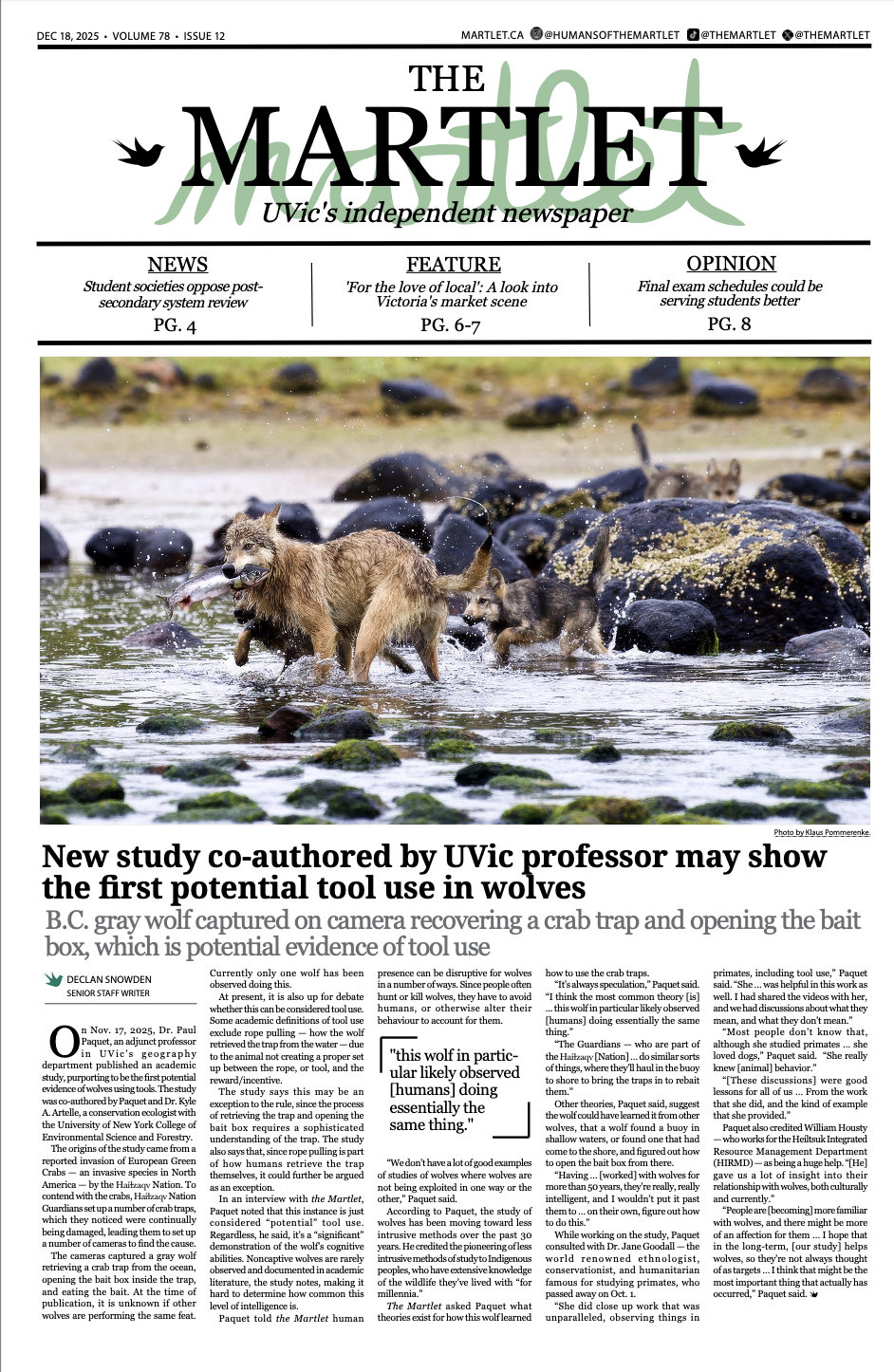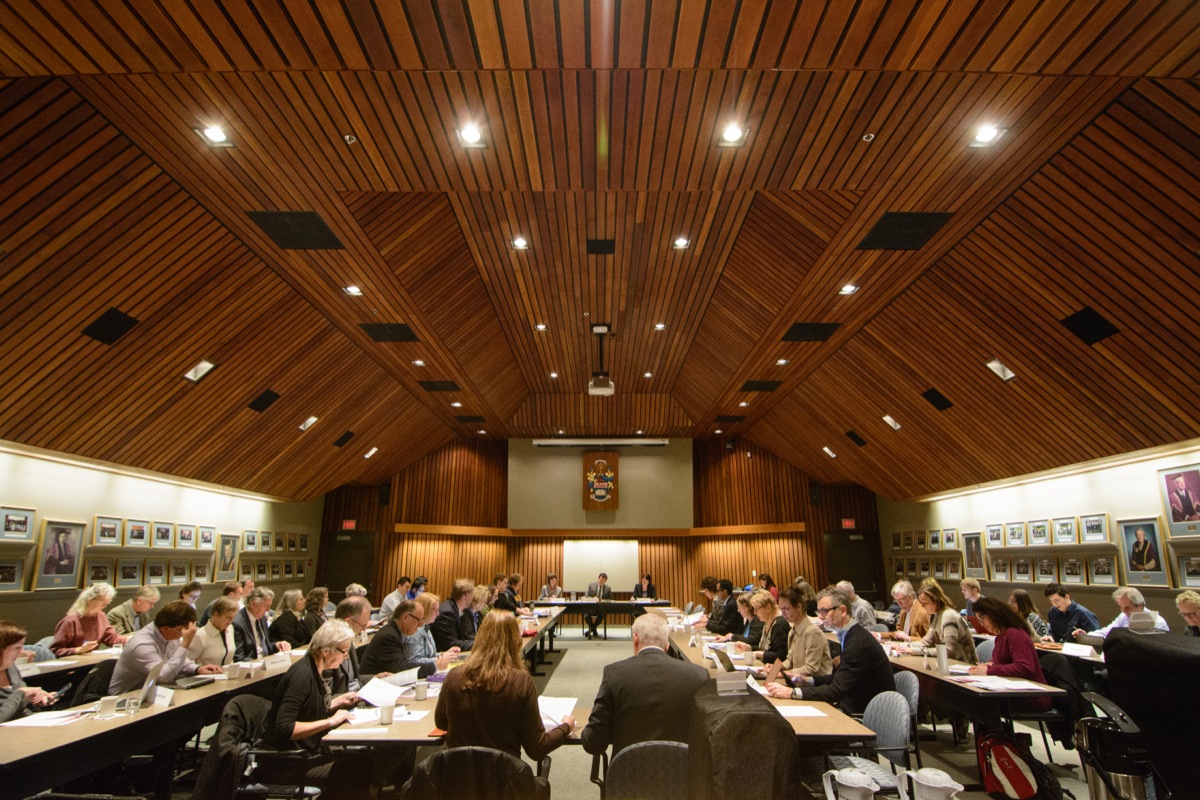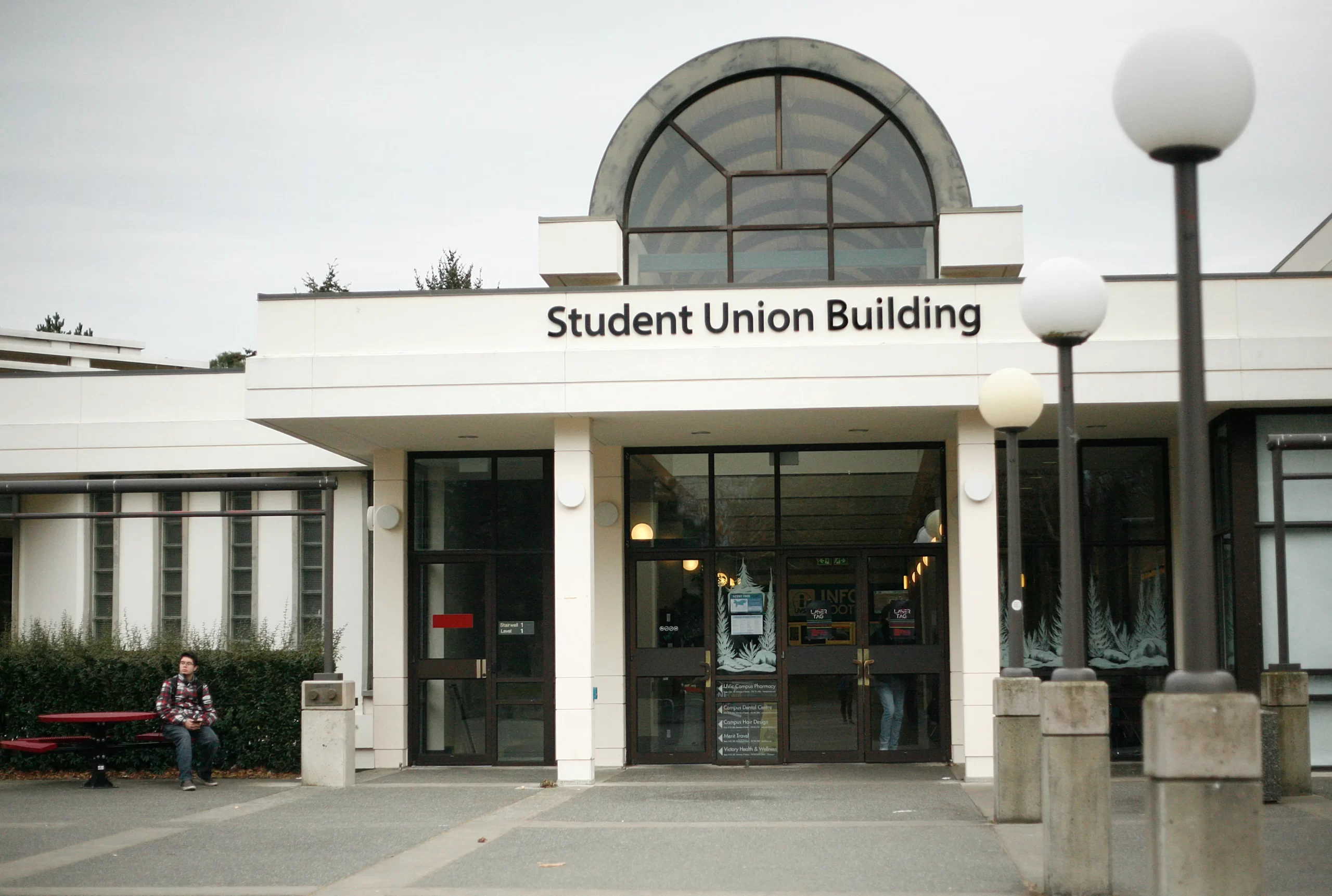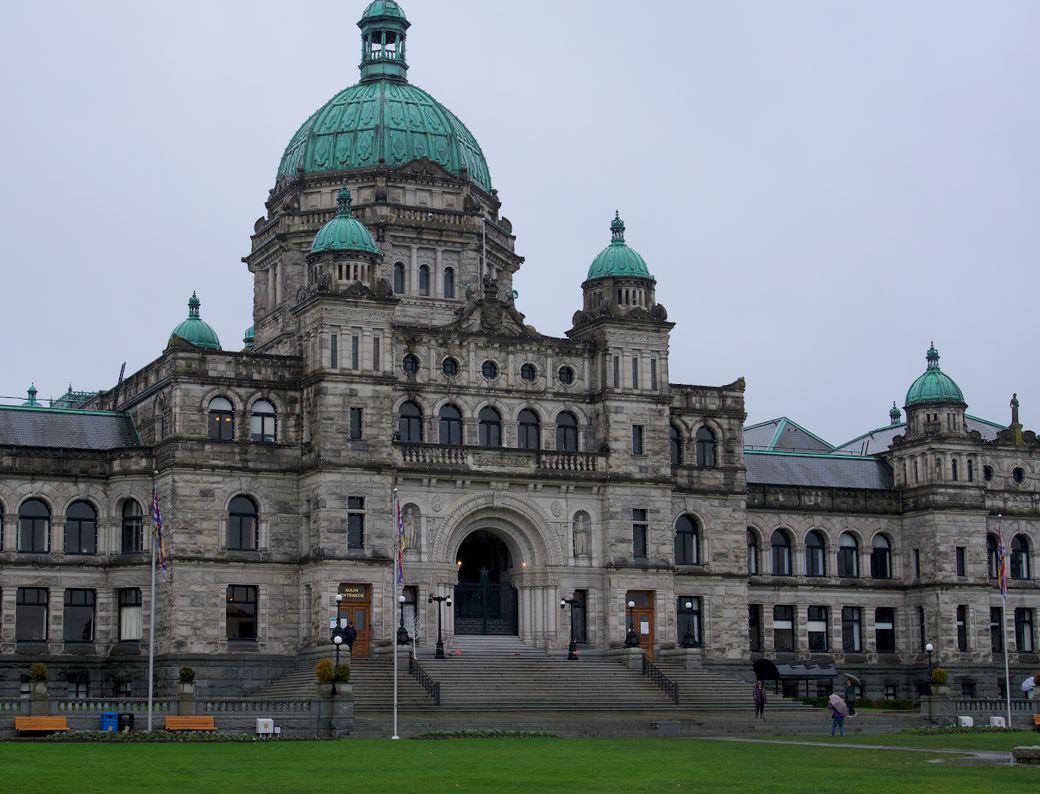Inside the efforts of an Indigenous women’s group to save a river
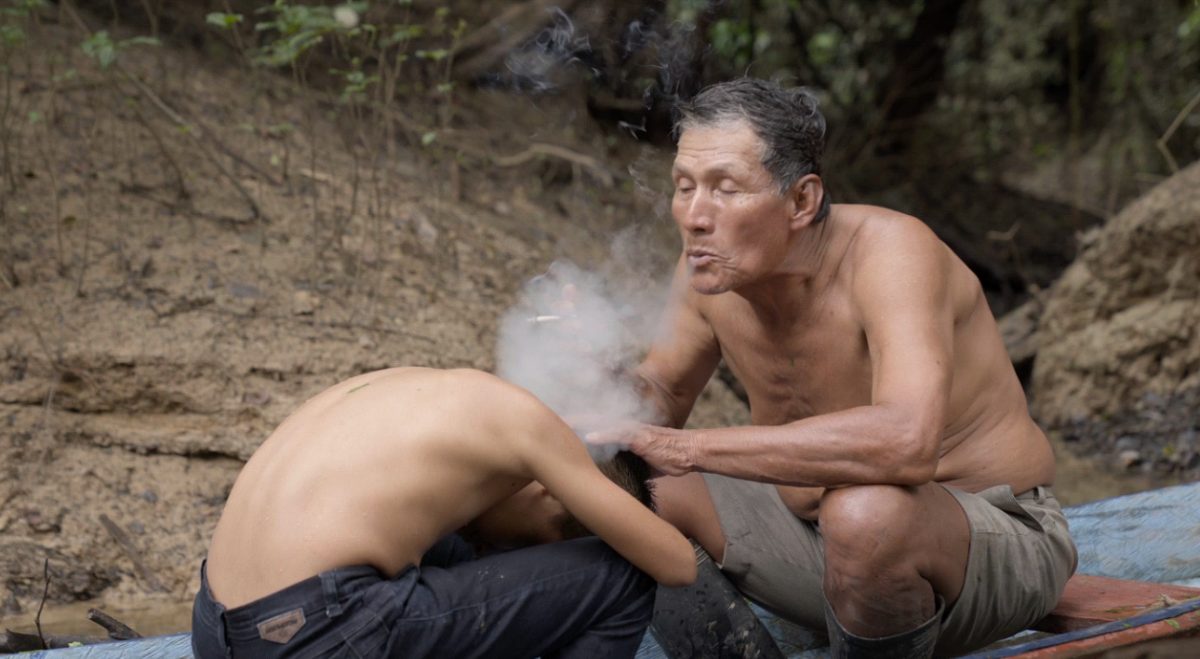
Photo courtesy of Miguel Araoz Cartagena.
“The river is not just a river for us,” says Mariluz Canaquiri Murayari in the documentary film Karuara, People of the River. “It’s a living being that deserves respect.”
Canaquiri is the President of Huaynakana Kamatahuara Kana Federation (HKK), which means “women workers” in the Kukama-Kukamiria language of the Peruvian Amazon. HKK is an organization representing Indigenous women from 29 Kukama communities in Peru’s Amazon region in their fight for sovereignty and protection of vital natural resources.
From 2021 to 2024, HKK was engaged in a legal battle to recognize the Marañón River — the primary mainstem source of the Amazon River — as a legal person with rights. By contributing information about similar legal arrangements in Canada, UVic Law students and faculty helped achieve this verdict.
The official recognition first came in March, when the Superior Court of Justice of Loreto, Peru, ruled in favour of the Federation, granting the Marañón legal personhood. This represents the first time Peru has ever recognized the legal rights of an ecosystem. After the first verdict, the Peruvian government, including the Ministry of Environment, appealed, leading to more hearings. Finally though, in October 2024, the limit for appeals was reached and the court upheld the original ruling.
Although more than 7 500 kilometers lie between Victoria, B.C. and the Marañón, lawyers in our province — including UVic law students — contributed to the case in the form of an amicus curiae (friend of the court); a legal document from an outside party offering insight or expertise.
This isn’t the first time a river has been recognized as a legal person. Rivers in the United States, Colombia, and New Zealand have previously been granted legal rights in response to Indigenous-led campaigns for their protection. For example, in 2021, the Magpie River in Québec became the first Canadian river to be granted legal personhood.
The documentary Karuara, People of the River, filmed prior to the March 2024 ruling, documents the efforts of Canaquiri and the women’s federation in their legal fight to get the Peruvian government to recognize and protect the Marañón River. It also explores the deep cultural connections between the Kukama people and the Marañón, and the existential threat both face as a result of pollution and resource extraction.
For more than 40 years, as Canaquiri says in the film, Kukama people have endured oil spills which destroy their fish stocks as well as pollute the natural environment. At one point, the film shows an area near an oil production site, where the oil rises to a meter-and-a-half deep.
“We’re not really free. We’re always beneath those who govern. They make the decisions about our lives for us,” Canaquiri says.
Co-director Stephanie Boyd was approached with the idea for the film by Leonardo Tello Imaina, director of a community radio station in Nauta, Peru, who went on to co-produce the film.
“He had seen some of my earlier films, [which are] all about people standing up to mining companies,” said Boyd. “He came looking for me and asked me if I’d make a film about the spirit village under his river, and the fact that his people were struggling to protect their river.”
“What was new for me was this aspect [that] the river doesn’t just have practical uses for humanity. It has a sacred side that most of us in our culture have forgotten. That’s what really caught my attention,” she said.
Boyd has been working as a documentarian and freelance journalist in Peru since 1997. She is the co-founder of the non-profit “Quisca” which translates to “thorn” in Quechuan languages.
“The idea is that a thorn is small, but if you get one in your foot, then it really hurts. It’s the idea of the impact of the small, or the power of the small, to make an impact,” she said.
Some sequences in Karuara consist of gorgeous, hand-painted imagery, which are animated to depict the Kukama people’s origin story, and to show the world of the Karuara — the spirits who live under the river’s surface. Boyd told the Martlet that this was also Tello’s idea. He wanted the film to include animations showing the spirit world after seeing paintings by Boyd’s husband and co-director, Miguel Araoz Cartagena.
Boyd and Araoz had previously worked with local Kukama elders and children to create a book of illustrated stories about the Marañón, which came out in 2016. These illustration workshops formed the basis of the film’s animated sequences.
“There’s a whirlpool of fish at the beginning and end [of the film],” said Boyd. “Each one of those little fish and turtles was painted by a school kid in those first workshops.”
Years prior to the final verdict, B.C. lawyers and law students made an important contribution to the case. In September 2021, an amicus curiae was submitted to the Peruvian court, responsible for the case on behalf of the Justice and Corporate Accountability Project (JCAP) and UVic’s Environmental Law Centre (ELC). The co-authors of the document are Calvin Sandborn, then-legal director of the ELC, and Charis Kamphuis, Associate Professor of Law at Thompson Rivers University and a founding member of JCAP.
In addition to recognition of the Marañón River’s legal personhood, HKK also requested the establishment of an Indigenous guardianship arrangement over the river — similar to those seen in some parts of Canada.
“We saw that as a potential hook,” said Kamphuis. “One of the strategies of an amicus in this kind of situation is to provide the court — in this case, in Peru — with information about what’s happening in Canada, with the goal to suggest to the court: ‘This is possible. Another jurisdiction is doing this,’” she said.
“We looked at Canadian law and Canadian precedents for Indigenous co-governance of an area, and also for establishment of Indigenous guardians,” Sandborn told the Martlet.
Both Peru and Canada are signatories to the United Nations Declaration on the Rights of Indigenous Peoples (UNDRIP). So, Sandborn and Kamphuis said that looking at statements from the Canadian federal and provincial governments recognizing UNDRIP, as well as the rights of Indigenous peoples to protect natural resources, was an important step in making the case to the Peruvian court.
Sandborn said the main goal of the amicus was making a case for Indigenous guardianship and co-governance, citing examples from Canada such as the current system in Haida Gwaii.
UVic’s ELC allowed its law students to get involved. Russell Chiong, now an associate lawyer focusing on environmental and Indigenous law, was a co-op student with the ELC at the time and contributed to the amicus.
“Essentially, I was just helping with doing some of the base research. What we did was a survey of Indigenous governance, or full-governance arrangements, for land use resource development,” Chiong told the Martlet. “The amicus ended up being quite a bit of my [co-op] term.”
“It was a great experience to be able to dive deeply like this and affect change,” he said.
Despite the positive ruling, the fight for the Marañón is not over. Now, Canaquiri and her organization are asking the Peruvian government to actually implement the court’s ruling. Boyd said that Peru’s state-owned oil and gas company, Petroperú, has not yet submitted their environmental monitoring plan, including cleaning existing oil spills and updating their pipeline infrastructure. Further, the necessary governance committees have not yet been formed.
Huaynakana currently has an open petition online, asking the government to “act in accordance with the law and in favor of the rights granted to the Marañón River, and the peoples who depend on its well-being for their sustenance and culture.”
“Otherwise it’s just going to be nice words on paper,” said Boyd.




